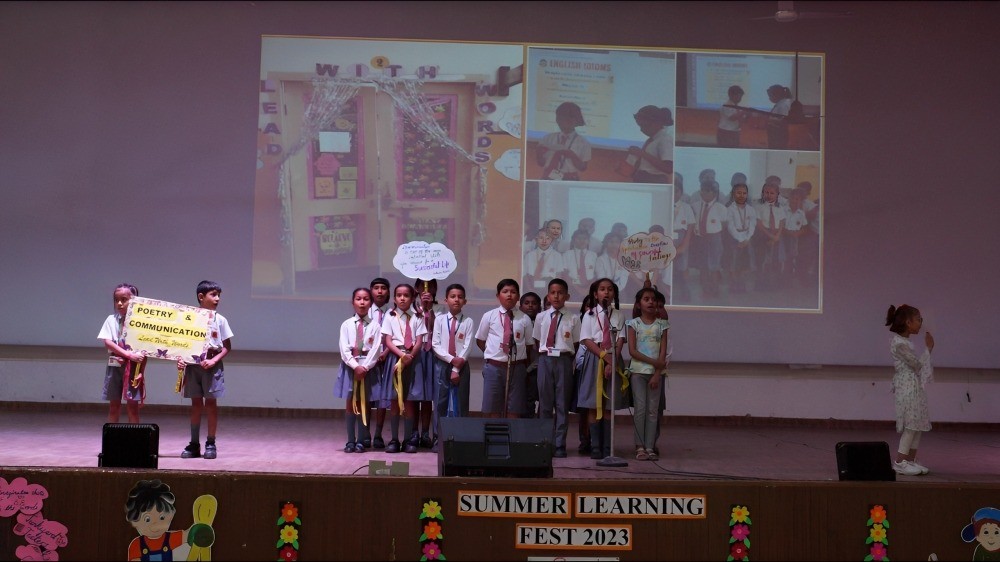Home / Teacher Pedagogy

Diversified Teaching Methods, Learning Activities, and Assignments
Pedagogy is the combination of teaching methods (what instructors do), learning activities (what instructors ask their students to do), and learning assessments (the assignments, projects, or tasks that measure student learning). Pedagogy is all the ways that instructors and students work with the course content. The fundamental learning goal for students is to be able to do “something meaningful” with the course content.
Understanding where students are on the spectrum of novice to expert learning in your discipline or course is a key challenge to implementing effective and inclusive pedagog. A key PWI assumption is that students understand how your disciplinary knowledge is organized and constructed. Students typically do not understand your discipline or the many other disciplines they are working in during their undergraduate years. Even graduate students may find it puzzling to explain the origins, methodologies, theories, logics, and assumptions of their disciplines. A second PWI assumption is that students are (or should be) academically prepared to learn your discipline. Students may be academically prepared for learning in some disciplines, but unless their high school experience was college preparatory and well supported, students (especially first-generation college students) are likely finding their way through a mysterious journey of different disciplinary conventions and modes of working and thinking
As we’ve stressed throughout this guide, the teaching context matters, and for inclusive pedagogy, special attention should be paid to the learning goals, instructor preparation, and students’ point of entry into course content.
Convert traditional lectures into interactive (or active) lectures.
For in-person or synchronous online courses, break a traditional lecture into “mini-lectures” of 10-15 minutes in length. After each mini-lecture, ask your students to process their learning using a discussion or problem prompt, a Classroom Assessment Technique (CAT), a Think-Pair-Share, or another brief learning activity
Structure small group discussions
Provide both a process and concrete questions or tasks to guide student learning (for example, provide a scenario with 3 focused tasks such as identify the problem, brainstorm possible solutions, and list the pros/cons for each solution).
Integrated active learning
Integrated active learning, especially into courses that are conceptual, theoretical, or otherwise historically challenging (for example, calculus, organic chemistry, statistics, philosophy). For gateway courses, draw upon the research of STEM and other education specialists on how active learning and peer learning improves student learning and reduces disparities.
Allow time for students to think and prepare for participation in a non-stressful setting
Students may need more time to prepare, not because of their intellectual abilities, but because of the effects of race stressors and other stressors increasing their cognitive load. Providing discussion or problem prompts in advance will reduce this stress and make space for learning.

Teacher Pedagogy
05 October 23
